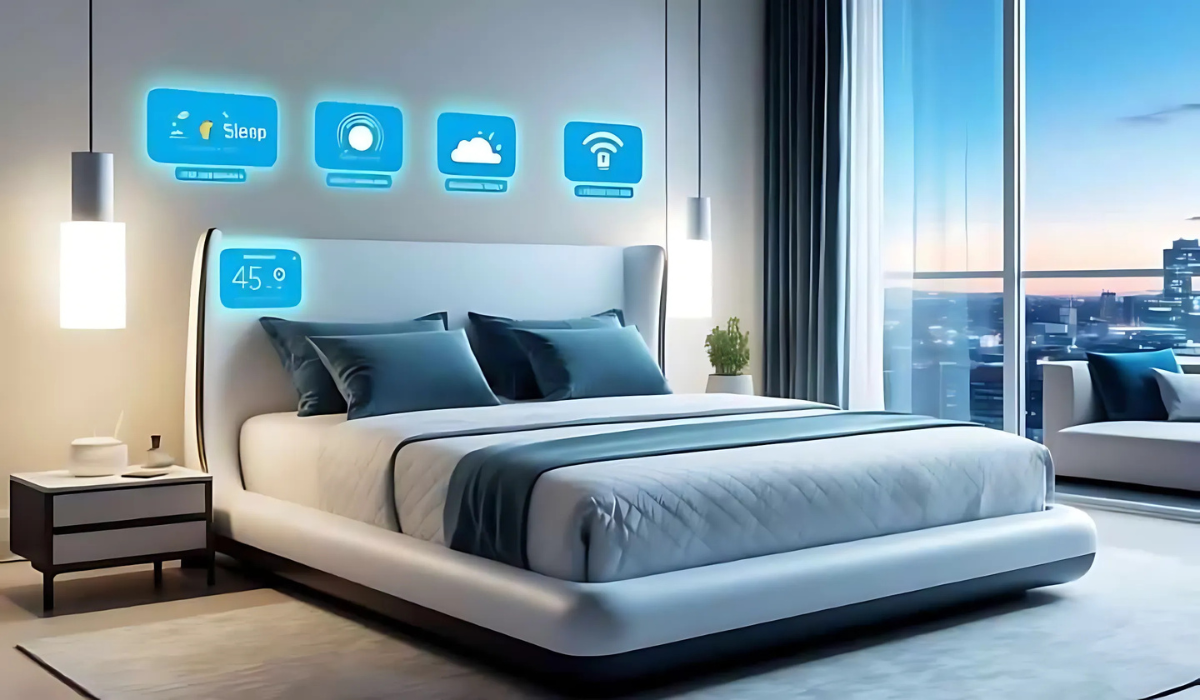If you’re managing hotel operations using OPERA property management software, you’ve probably come across various room type codes like “SK1B.” These codes are much more than random alphanumeric strings, they are an efficient language that helps define, categorize, and manage room inventory. But what does “SK1B” mean? And how does understanding such codes contribute to smoother hotel operations?
This guide aims to break down the meaning of Room Type Sk1b Meaning in Opera Software, explain how they work within OPERA, and provide actionable advice for configuring and using them more effectively.
Room type codes in OPERA software are alphanumeric identifiers that represent key details about a room’s configuration, features, and amenities. These codes streamline hotel management, from reservations to housekeeping tasks, ensuring clarity across teams.
Examples of Attributes Room Codes Represent:
- Layout: Such as suite or standard.
- Bed Type: King, queen, twin, single, etc.
- Special Features: Balcony, ocean view, or accessibility features.
- Occupancy: The number of occupants the room accommodates.
These codes aren’t predefined by OPERA, they’re completely customizable. Hotels can assign codes that make sense for their specific inventory and operational needs. Understanding and using these codes effectively is essential for improving booking accuracy, optimizing inventory management, and delivering better guest experiences.
While room type codes can vary between hotels, you can generally interpret SK1B as follows:
- S = Room Category, such as “Suite” or “Standard.”
- K = Bed Type, such as “King.”
- 1 = Number of Occupants or Beds (e.g., “Single Bed”).
- B = Special Feature, like “Balcony” or “Beachfront.”
For instance, “SK1B” might represent a Suite with a King Bed, accommodating one person, and featuring a Balcony. However, different properties may use custom interpretations for their codes. Always refer to the hotel’s internal documentation for precise definitions.
Room type codes aren’t just a behind-the-scenes tech feature, they directly impact multiple facets of hotel management. Here’s why they matter:
- Enhanced Booking Accuracy: Quickly match guest preferences to available rooms, improving satisfaction.
- Streamlined Operations: Consistent codes boost communication across departments like front desk, housekeeping, and reservations.
- Revenue Optimization: Well-defined room types allow for dynamic pricing and upselling opportunities during the booking process.
- Personalized Guest Experience: Better understanding of room features helps tailor recommendations to guest desires.
- Miscommunication: Inconsistent definitions across properties in a chain can confuse team members.
- Limited Training: Staff unfamiliar with the codes may falter during room allocations.
- Outdated Information: Hotels must update codes to reflect changes in room inventory or amenities to avoid operational errors.
Creating and managing room types in OPERA software involves a structured process. This is the way you can do it step by step.
- Log in to OPERA PMS.
- Navigate to Setup > Configuration > Rooms > Room Types.
- Enter a unique alphanumeric code like SK1B.
- Add a description (e.g., “Suite with King Bed and Balcony”).
- Specify attributes, such as bed type, room size, view, and other special features.
- Map the room type code to its corresponding inventory.
- Define seasonal availability and price tiers if applicable.
- Double-check all entries for accuracy.
- Test the configuration using mock bookings to ensure everything functions as intended.
| Room Type | Description | Bed Type | Special Feature | Occupancy |
|---|---|---|---|---|
| SK1B | Suite with King Bed and Balcony | King | Balcony | Single |
| DK1N | Deluxe King, No View | King | No View | Single |
| TQ2V | Twin Queen, Sea View | Twin Queen | Sea View | Double |
Room type codes like SK1B allow reservation teams to quickly match guest preferences with availability. For example, a family of three might need a code like “TQ2V” to fit their requirements.
Understanding the meaning behind codes ensures housekeeping teams efficiently allocate resources, such as the cleaning requirements for suites versus regular rooms.
Revenue managers can use room type codes to differentiate pricing. For example, a room coded as “SK1B” (Suite with Balcony) can be priced higher than a similar suite without this feature.
To maximize the benefits of room type codes in OPERA, follow these expert tips:
- Leverage Analytics:
Use OPERA’s reporting tools to track the performance of specific room categories. For example, if “SK1B” rooms consistently sell out, consider adding similar offerings to your inventory.
- Train Your Team:
Provide comprehensive training on room type codes to ensure all staff can use them effectively for reservations, housekeeping planning, and customer service.
- Engage Guests for Feedback:
Get input on their room preferences and adjust your room configurations as needed. This could mean adding “view” options or adjusting bed configurations for popular requests.
- Standardize Across Properties:
If you manage multiple hotels, ensure consistency in your coding system. Uniformity simplifies cross-property operations and communications.
Room type codes like SK1B are more than just technical jargon, they are tools to enhance efficiency, increase revenue, and deliver exceptional guest experiences. Properly configuring and utilizing these codes in OPERA creates a seamless workflow across departments, ultimately benefiting everyone from your team to your guests.
Want to improve your room coding system or solve a configuration issue? Reach out to your OPERA administrator for step-by-step assistance and start optimizing your hotel operations today.
Room type codes identify specific features like balconies, bed types, or views, enabling you to recommend rooms that align with guest preferences. This makes for a more personalized and satisfactory guest experience.
Using different definitions across properties can lead to miscommunication, booking errors, and inefficiencies. Standardizing codes ensures clear communication between teams and seamless operations.
Simulate bookings using test reservations to ensure each room type code reflects its intended attributes. Regular audits and reports will also help validate configurations.
Yes! It’s a best practice to review and update your room codes whenever room layouts, features, or inventory changes to keep operations running smoothly.

